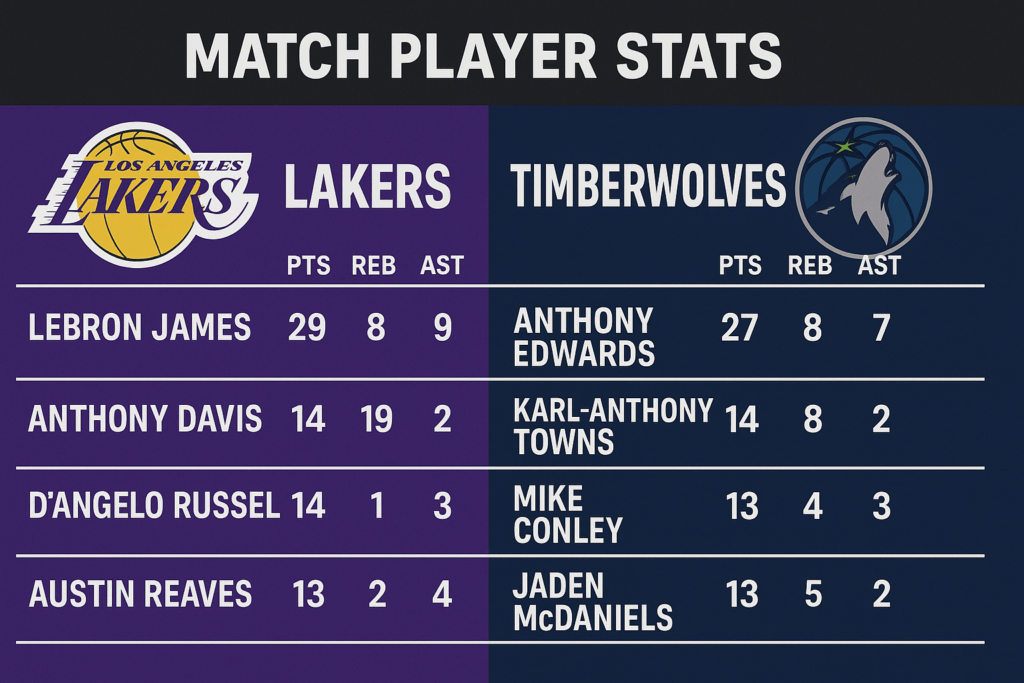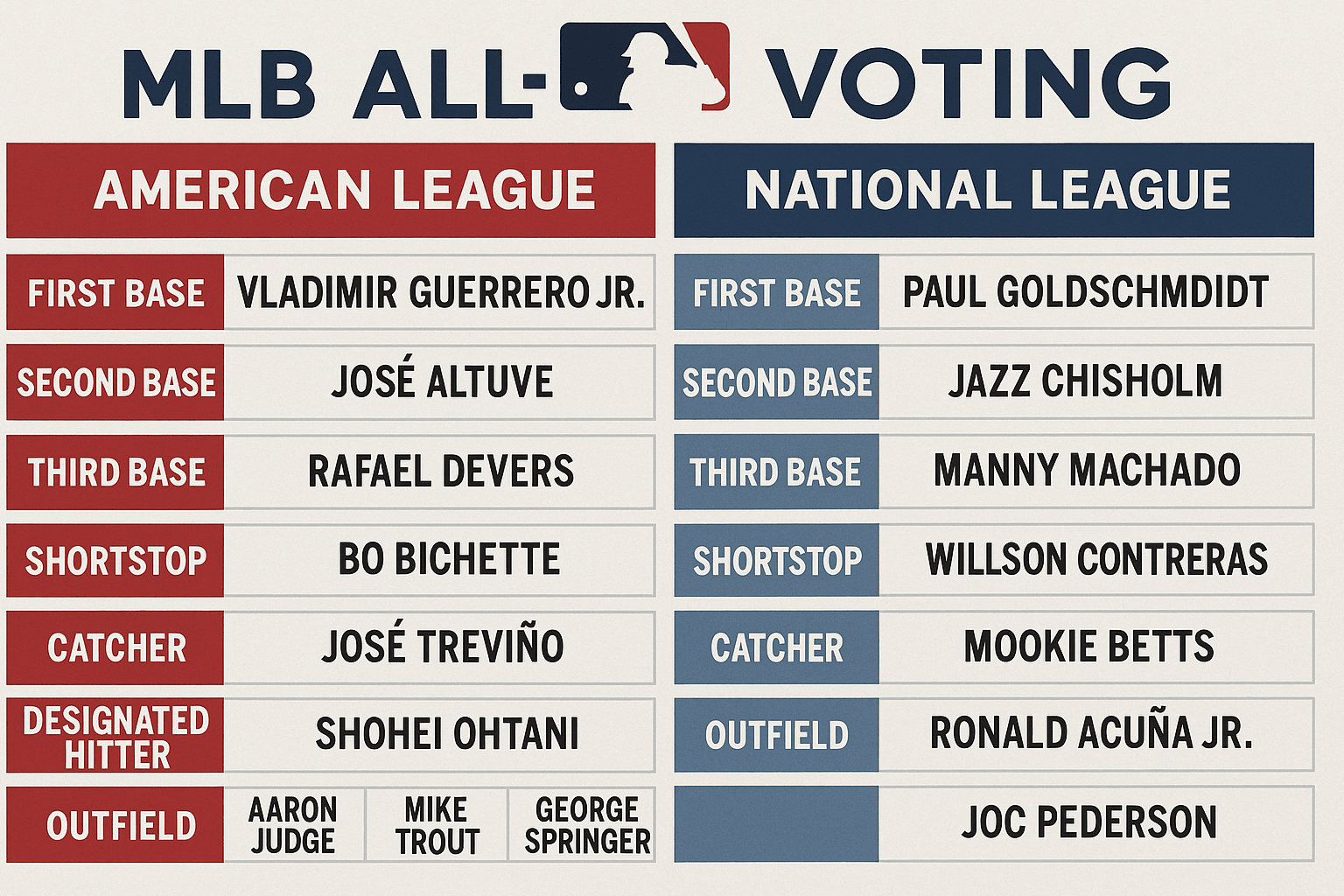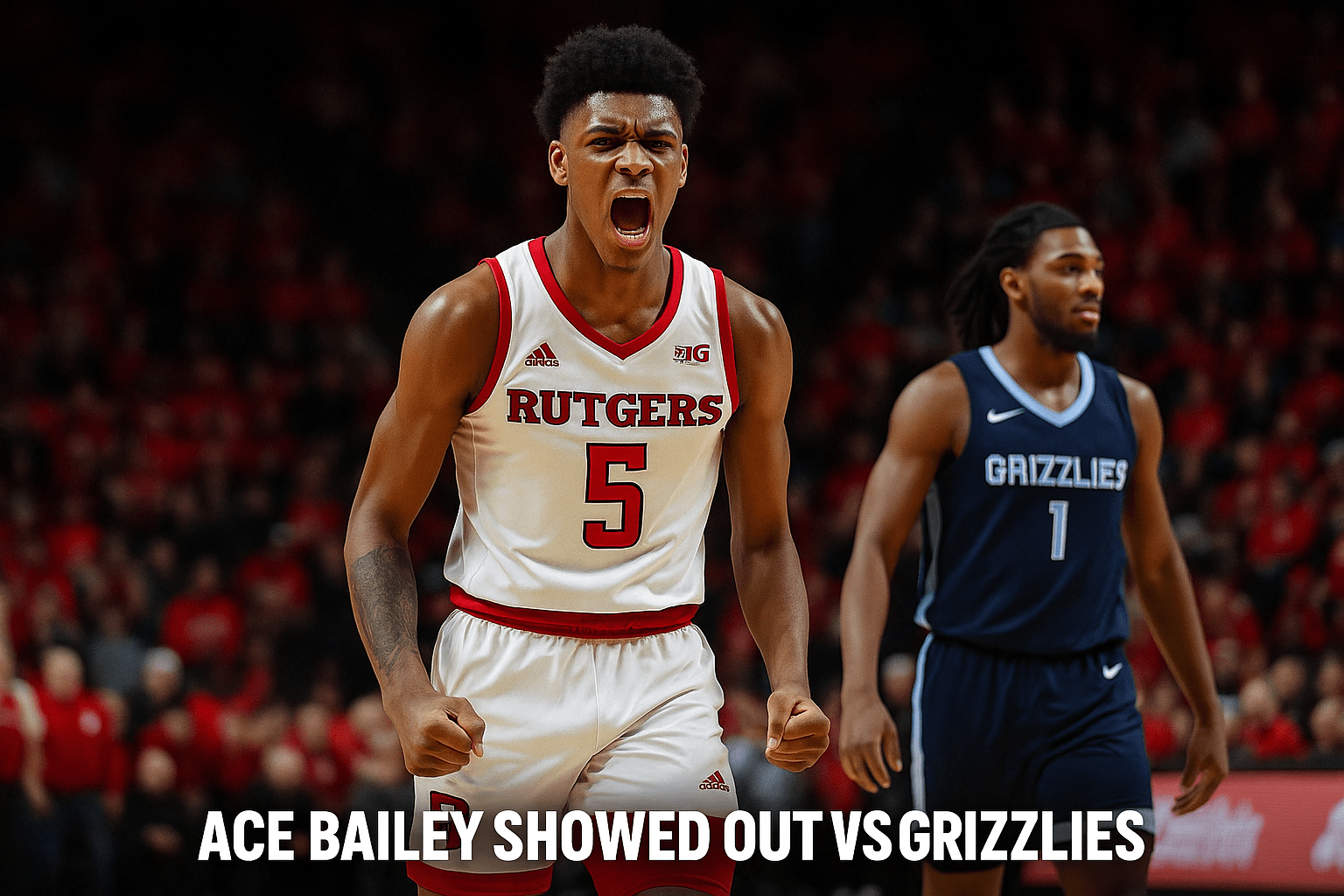It didn’t feel like a mid-season game. It didn’t move like a throwaway matchup between two Western Conference contenders. When the Los Angeles Lakers and Minnesota Timberwolves tipped off, there was tension in the air — the kind that usually doesn’t show up until late April. And if you watched closely, not just at the ball, but at the spacing, the hesitations, the rotations, you saw it too. This game was about something. Maybe it was pride. Maybe it was momentum. But either way, the truth of it was buried inside the box score. And if you peel it back, the Lakers vs Timberwolves match player stats told a deeper, more human story.
Because these weren’t just stats. These were fingerprints. Evidence of a war fought possession by possession, mistake by mistake, moment by moment.
The Feeling-Out Process: First Quarter Chess, Not Checkers
It started with silence. Not the crowd — they were alive. But the silence in decision-making. Players were reading, not reacting. The first few minutes were like two chess masters opening conservatively. LeBron James brought the ball up slowly, scanning. Karl-Anthony Towns started spacing high, dragging Anthony Davis away from the basket. No quick jabs. Just long stares.
And then, Anthony Edwards made his first move. A hard jab step, hesitation, blow-by, and a two-handed finish through contact. The kind of move that doesn’t just get you on the scoreboard but establishes territory. And just like that, the temperature shifted. Davis responded with a tip-in off a missed floater, and we were off.
In that quarter alone, the Lakers vs Timberwolves match player stats revealed a clear split in approach. The Timberwolves were attacking with force, 10 of their first 14 points coming in the paint. The Lakers were patient, running half-court sets, looking for the perfect shot. Reaves hit a corner three. LeBron hit a fade from the wing. Methodical.
But it was close. The quarter ended with Minnesota up by two. No dominant performances, just an even exchange of blows.
The Middle Game: When the Stars Started Speaking
By the second quarter, the bench units began to test each other. Malik Beasley hit a pair of contested threes for the Lakers, and suddenly LA had life. But then came Naz Reid, who seems to always play bigger against the Lakers. In the span of two minutes, he hit a three, swatted a shot, and drew a charge. Shift flipped again.
LeBron wasn’t forcing anything. That’s what made it dangerous. He let the game come to him. He looked off defenders, punished mismatches, and passed out of doubles with ease. When he finally did take over, midway through the second, it was cold and surgical. Back-to-back buckets and a full-court bounce pass that found Davis in stride.
And Davis? He was everywhere. Not just contesting shots but erasing them. By halftime, his line read: 14 points, 8 rebounds, 3 blocks. But even that didn’t capture the impact. Towns was hesitating. Conley was rerouting plays. Davis was dictating behavior, not just outcomes.
The Lakers vs Timberwolves match player stats at halftime told of a slow bleed rather than a knockout punch. Lakers by five. But the damage felt psychological. Minnesota hadn’t lost the game yet. But they looked like they were starting to doubt the way they could win it.
The Third Quarter Surge: Timberwolves Fight Back
Great teams don’t go quietly. And Minnesota, young as they may be, played like a team that believes they belong. Edwards, quiet in the first half, exploded out of the break. A pull-up three. A transition dunk. A steal. In the blink of an eye, he reminded everyone why he’s the future of that franchise.
Towns followed suit, getting back to his bread and butter. High-post isolations, soft jumpers off the glass. And just like that, Minnesota tied it up. But it wasn’t just offense. Gobert started locking up the paint. Russell got stripped on back-to-back possessions. LeBron had a turnover on a lazy cross-court pass. For five straight minutes, the Lakers looked rattled.
This was where momentum lived. Not in shots made, but in hesitations. In the subtle cues that a team had lost its grip, and the other smelled it. But then came the swing.
Reaves, ever the scrapper, dove for a loose ball, flung it behind his back to Hachimura, who fed Davis for the and-one. Staples Center (yes, it’s still that to real fans) erupted. The Timberwolves had their run, but the Lakers had their roots.
By the end of the third, the Lakers led by three. It was still anyone’s game. But the Lakers vs Timberwolves match player stats had started to shift. Turnovers favored LA. So did points off the bench. And Davis? He was up to 21 and 11 with 4 blocks.
The Final Frame: Decisions, Not Just Talent
This wasn’t about who had better players anymore. It was about who made better decisions.
Edwards came out hot again. He hit a floater over Davis, then a step-back three in Reaves’ face. Minnesota took a brief lead. But it wasn’t sustainable. Because while the Wolves relied on individual brilliance, the Lakers began leaning on structure.
Davis caught every mismatch and punished it. LeBron took over clock control, slowing everything down. And Reaves kept doing the little things: drawing fouls, fighting over screens, making the extra pass.
With two minutes left, the game was tied. Then LeBron called his own number. Isolation at the top. Step-through. Contact. Bucket. Lakers up two. Next possession, he found Davis on the roll. Dunk. Lakers by four.
The Timberwolves had no answer. Towns missed a deep three. Edwards got blocked on a drive. The game slipped.
Final buzzer. Lakers 106, Timberwolves 99.
Final Box Snapshot: The Numbers That Lived and Breathed
Lakers:
- LeBron James: 25 pts, 8 ast, 6 reb
- Anthony Davis: 27 pts, 14 reb, 4 blk
- Austin Reaves: 13 pts, 3 stl
- Rui Hachimura: 12 pts, 5 reb
- Malik Beasley: 9 pts (all in 2nd quarter)
Timberwolves:
- Anthony Edwards: 26 pts, 4 ast, 3 reb
- Karl-Anthony Towns: 22 pts, 8 reb
- Mike Conley: 11 pts, 6 ast
- Rudy Gobert: 6 pts, 10 reb, 2 blk
- Naz Reid: 10 pts, 2 stl
But stats only capture one layer. The Lakers vs Timberwolves match player stats showed hustle, chemistry, recovery, and choices. And if you paid attention, they showed where the series would go next.
This wasn’t a box score. It was a blueprint.




